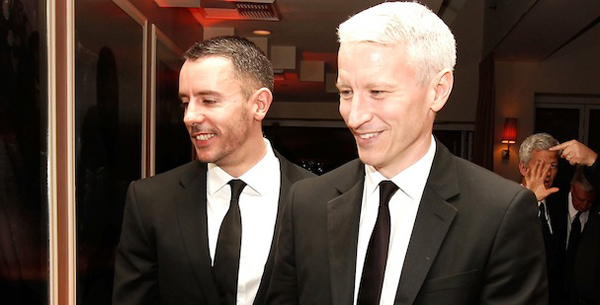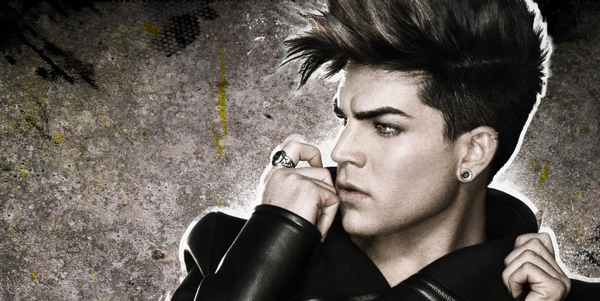GAYDAR…Is it Real? Is There a Test?

I have always had pretty good Gaydar. Twice in life, I had friends who said they were straight and dated girls, when I truly felt they were gay. Sure enough, years later, both “came out”. And I am pretty sure my 8 year old nephew is going to be gay.
When the New York Times covers something like this, it’s pretty cool! In a article this weekend they tested Gaydar and state, “Our research, published recently in the peer-reviewed journal PLoS ONE,
shows that gaydar is indeed real and that its accuracy is driven by
sensitivity to individual facial features as well as the spatial
relationships among facial features.”
“We conducted experiments in which participants viewed facial photographs
of men and women and then categorized each face as gay or straight. The
photographs were seen very briefly, for 50 milliseconds, which was long
enough for participants to know they’d seen a face, but probably not
long enough to feel they knew much more. In addition, the photos were
mostly devoid of cultural cues: hairstyles were digitally removed, and
no faces had makeup, piercings, eyeglasses or tattoos.
Even when viewing such bare faces so briefly, participants demonstrated
an ability to identify sexual orientation: overall, gaydar judgments
were about 60 percent accurate. Since chance guessing would yield 50 percent accuracy, 60 percent might
not seem impressive. But the effect is statistically significant —
several times above the margin of error.”
READ MORE AT NYT.
Even Wikipedia states gaydar is in fact real. “A number of scientific studies have been conducted to test whether
gaydar is real or just a popular myth. Perhaps the earliest study[5]
asked people to judge sexual orientation from video clips, with results
concluding that it was a myth. A later and more rigorous study
published in a prestigious psychology journal showed that people could
accurately judge sexual orientation.[6] This study asked people to indicate their sexual orientation using the Kinsey scale and then had others view very brief silent clips of the people talking using thin-slicing.
The viewers rated their sexual orientations on the same scale and the
researchers found a significant correlation between where the people
said they were on the scale and where they were perceived to be on the
scale. Sexual orientation was therefore perceived accurately just from
nonverbal behaviors. Later studies have repeated this finding[7] and have even shown that home videos of kids can be used to accurately judge their sexual orientation later in life.[8]
Later studies found that gaydar was also accurate at rates greater
than chance for judgments just from the face. The race, ethnicity, and
nationality of neither the person making the judgment nor the person
they are judging seems to make a difference when making judgments from
faces.”
































